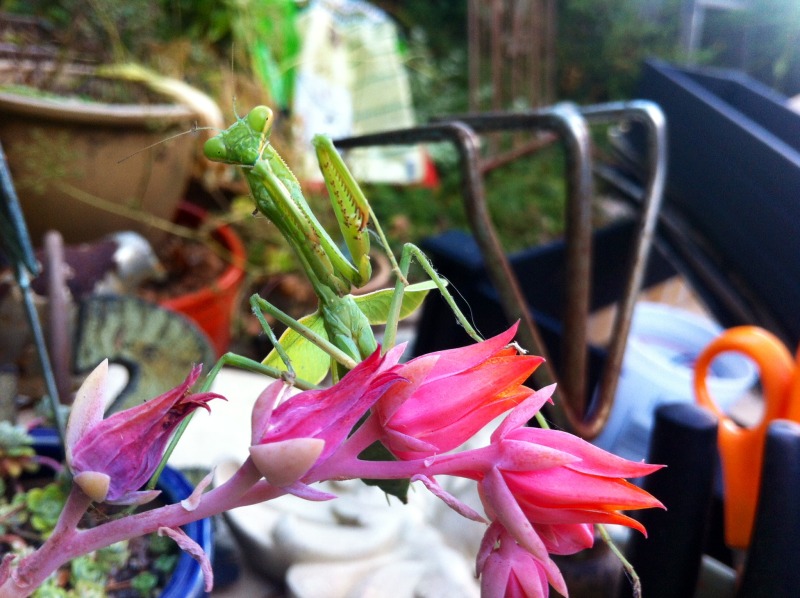I embrace my desire to
feel the rhythm, to feel connected
enough to step aside and weep like a widow
to feel inspired, to fathom the power
to witness the beauty, to bathe in the fountain,
to swing on the spiral
of our divinity and still be a human.
-Tool, Lateralus
At Willow Creek campground (closed, but still accessible) in West Sonoma County lies the trailhead for Pomo Canyon Trail. If one were to zoom-out from the trailhead they would see an area surrounded by forests and hills and highland ranches. To the north lies the Russian River which flows west and spills out past the sandy beaches of Jenner.
In the late afternoon, a wall of clouds rolls in and blankets the sea and coastal prairies in a stratus fog which creeps through the valleys like curling tentacles and evaporates inland upon confronting particular atmospheric and solar conditions. This phenomena of cloud tips burning off is visible from Red Hill, the highest hill (1,062 feet) in the area. The trail to Red Hill passes through a cool redwood forest, the soil floor of which is coated in ferns, sorrel, pine needles, duff, and other natural detritus.
The trail ascends through the shadows of tree canopies along a forest canyon ridge and then crosses into a vast highland of golden hills and chaparral labyrinths where birds and insects have built their homes amongst the brush and wildflowers. After you cross over a storybook bridge of wood, where an old troll donning overalls and a straw hat emerges to ask you questions about your life and the world in general, the road diverges, and if you take the road to Red Hill instead of the path to Shell Beach it will make all the difference.
Red Hill grove occupies the summit of a large hill and is a dense stand of redwood and bay trees, douglas fir and live oak. As the Earth hurdles into the autumnal equinox, myriad tree leaves on Red Hill and elsewhere are losing their chlorophyll and changing colors. They resemble little orange and yellow flames which will soon fade into a dying brown and fall away in a process known as abscission.
Upon the dry grassland there is a cluster of ancient sedimentary rocks that have formed over millions of years and have arrived at Red Hill. If you look closely at the outer composition of one of the rocks, you will see the individual veins of the varying minerals that comprise the intricate and colorful matrices throughout. The lichen covering the surface of the rock is a biological lifeform which exists on top of a seemingly dead geological object that serves as the lichen’s substrate and is the extent of its microcosmic world. Like the lichen on the rock, all life on Earth is dependent upon the planet itself as well as the greater forces of the universe that humans are increasingly coming to understand. In several billion years from now, the lichen will have long since died, the rock will have eroded into dust, and the Earth shall likely begin a process of disintegration into the elementary particles from which the rock and the lichen and everything else in the solar system and beyond was originally formed. In the distant future of the cosmos, the atomic particles which constitute the lichen and the rock shall be dispersed amidst a stellar nursery only to one day be reintegrated with other elements to form gases and minerals and planets which may give rise to living molecules and cells similar to those that presently constitute sentient life on Earth. The point is that everything this universe is ultimately constructed from a shared and common matter and will meet the same fate in eternity, and it is an absolutely beautiful thing this universe operates in such a way.
The summit of Red Hill towers above the cloud line, and from here the peaks of the neighboring hills are visible protruding through the streams of white clouds flowing in from above the sea. These are the islands in the sky. To the west lies an ocean of clouds which stretches out to the horizon and blankets the real ocean as far as the eye can see. Fluttering birds and rustling leaves are amongst the sounds that one hears. The wispy clouds sometimes conceal portions of the other island hills, but for a moment I saw and heard a lone cow mooing along a distant slope before it was swallowed up by the clouds. It was so quiet that I thought I could actually hear the clouds moving through the air, but that may have just been the sound of the wind, or the rocks.
 Monday, December 1, 2014 at 12:41PM
Monday, December 1, 2014 at 12:41PM 


